Home>Gardening & Outdoor>Pool & Spa Care>How To Make Hot Tub Salt Water
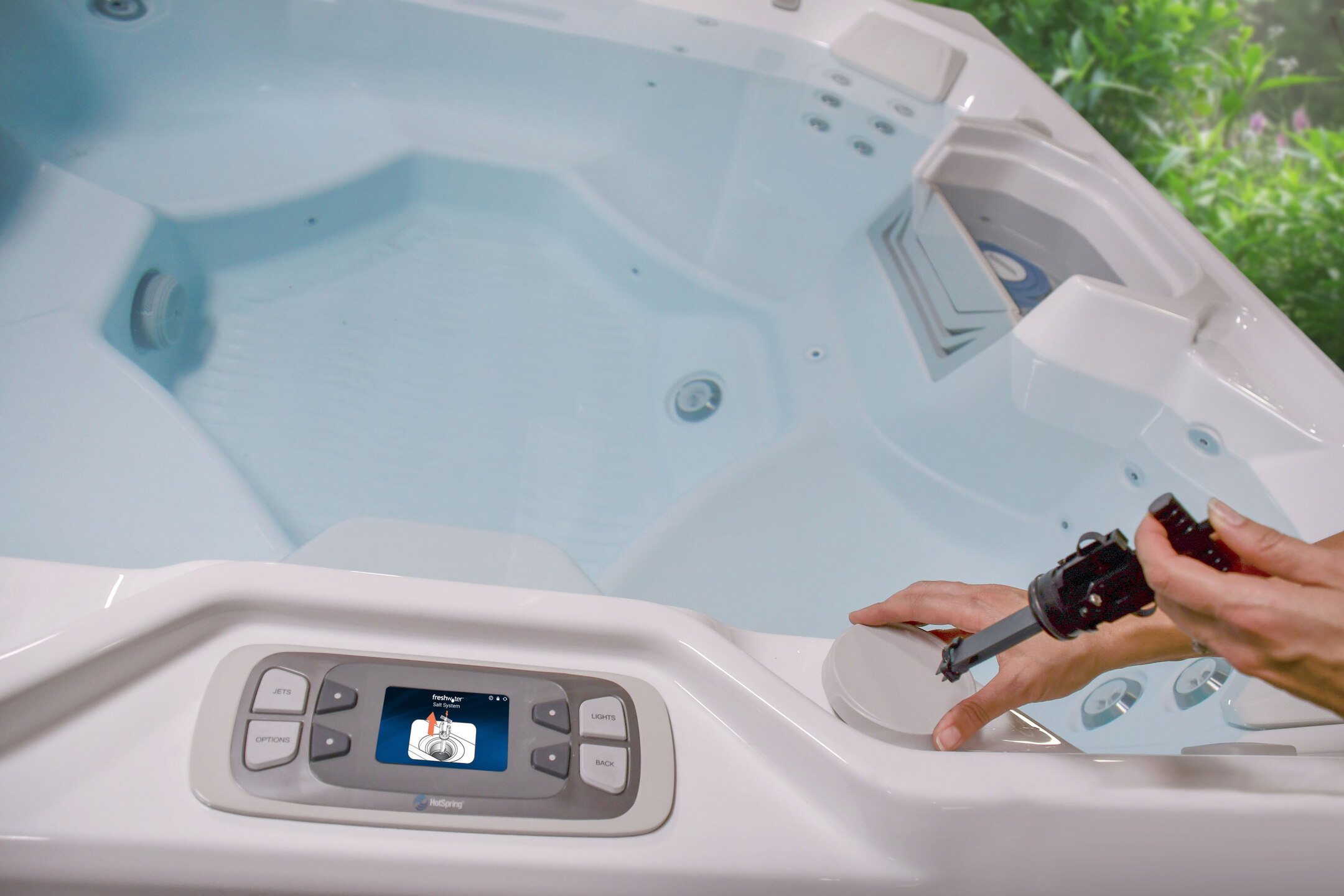

Pool & Spa Care
How To Make Hot Tub Salt Water
Published: December 28, 2023
Learn how to make hot tub salt water for easy pool and spa care. Discover the benefits of using salt water for your hot tub maintenance. Achieve a clean and relaxing hot tub experience.
(Many of the links in this article redirect to a specific reviewed product. Your purchase of these products through affiliate links helps to generate commission for Storables.com, at no extra cost. Learn more)
Introduction
So, you've decided to take the plunge and convert your hot tub to a saltwater system. Congratulations! This decision can bring a host of benefits, from softer-feeling water to reduced chemical usage and maintenance. But before you start enjoying the luxurious, soothing waters of your saltwater hot tub, there are some essential steps and considerations to keep in mind.
In this comprehensive guide, we'll walk you through the process of making your hot tub saltwater-friendly, from understanding the system to selecting the right salt and maintaining optimal water balance. Whether you're a seasoned hot tub owner or a newcomer to the world of water care, this article will equip you with the knowledge and confidence to embrace the many advantages of a saltwater hot tub.
Let's dive in and explore the ins and outs of hot tub saltwater systems, so you can embark on this exciting journey with clarity and ease.
Key Takeaways:
- Embrace the Benefits: Converting your hot tub to a saltwater system offers softer water, reduced chemical usage, and a gentler experience. Choose high-purity salt and maintain optimal levels for a luxurious soaking oasis.
- Care for Your Oasis: Select high-purity salt, add it carefully, and maintain optimal levels for a soothing and gentle saltwater hot tub experience. Regular testing and adjustments ensure a clean and inviting environment for relaxation.
Read also: 15 Amazing Salt Water Hot Tub For 2024
Understanding Hot Tub Salt Water Systems
Before delving into the specifics of saltwater hot tub care, it’s essential to grasp the fundamentals of salt water systems. Unlike traditional chlorine-based hot tubs, saltwater systems utilize a natural process called electrolysis to produce chlorine from the salt present in the water. This means you won’t need to handle or store harsh chlorine chemicals, resulting in a gentler and more environmentally friendly water treatment experience.
When salt is added to the hot tub water, the electrolysis process occurs within the saltwater generator, breaking down the salt and transforming it into chlorine. This chlorine then effectively sanitizes the water, keeping it clean and safe for soaking. However, it’s important to note that the salt in a saltwater hot tub is present in minimal amounts and is not detectable by taste or feel, ensuring a comfortable and luxurious experience for bathers.
One of the key advantages of saltwater hot tub systems is the consistent and steady release of chlorine, which helps maintain a stable and balanced water environment. Additionally, the absence of traditional chlorine chemicals eliminates the associated odors and skin irritation, making saltwater hot tubs a popular choice for those with sensitive skin or allergies.
Understanding the inner workings of saltwater hot tub systems sets the stage for a seamless transition to this innovative and efficient water care method. With this knowledge in hand, you’re ready to explore the next steps in creating and maintaining a rejuvenating saltwater oasis in your hot tub.
Choosing the Right Salt for Your Hot Tub
When it comes to selecting salt for your hot tub, not all options are created equal. The type and quality of salt you choose can significantly impact the performance and longevity of your saltwater system. It’s crucial to opt for a high-purity, evaporated salt specifically designed for use in hot tubs and spas.
Look for salt that is at least 99.8% pure, as impurities and additives present in lower-grade salts can lead to water cloudiness and potential damage to the saltwater generator. Avoid using common table salt or rock salt, as these varieties often contain anti-caking agents and impurities that are unsuitable for hot tub use.
Evaporated salt, also known as solar salt, is an excellent choice for hot tubs due to its high purity and solubility. This type of salt is produced through the evaporation of seawater or brine in specially designed ponds, resulting in a clean and refined product that is ideal for saltwater hot tub systems.
When selecting salt for your hot tub, consider the granule size as well. Opt for fine or medium-grade salt crystals, as these dissolve more readily and evenly in the water, preventing potential issues with clogging or residue buildup in the saltwater generator.
It’s important to note that not all saltwater hot tub systems are compatible with mineral salts or specialty blends. Always consult your hot tub manufacturer’s guidelines and recommendations to ensure that the salt you choose is suitable for your specific system.
By choosing the right salt for your hot tub, you’re laying the foundation for optimal performance and water quality. With high-purity evaporated salt, you can support the efficiency and longevity of your saltwater system while enjoying the many benefits of a luxurious and gentle water care experience.
Adding Salt to Your Hot Tub
Once you’ve selected the appropriate salt for your hot tub, it’s time to introduce it into the water to establish the ideal salinity level for your saltwater system. Before adding salt, ensure that your hot tub’s water chemistry is properly balanced, with the pH and alkalinity within the recommended ranges. This sets the stage for the salt to dissolve effectively and evenly throughout the water.
Refer to your hot tub manufacturer’s guidelines to determine the recommended initial salt level for your specific model. This typically ranges from 1500 to 3500 parts per million (ppm), depending on the size and design of your hot tub. Using a reliable saltwater test kit, measure the current salt level in your hot tub to gauge how much salt needs to be added to reach the optimal range.
When adding salt to your hot tub, it’s essential to disperse it evenly throughout the water to prevent localized high concentrations. To achieve this, consider pre-dissolving the required amount of salt in a clean bucket of warm water. This saltwater solution can then be poured directly into the hot tub, allowing for thorough mixing and distribution.
After adding the salt, run the hot tub’s circulation system for several hours to facilitate the blending of the salt into the water. This circulation process ensures that the salt is uniformly dispersed and dissolved, preventing any potential issues with salt accumulation or uneven distribution within the hot tub.
It’s important to note that the salt level in your hot tub may fluctuate due to factors such as water dilution, evaporation, and splash-out. Regularly monitor the salt concentration using a reputable test kit and make adjustments as needed to maintain the recommended range. By keeping the salt level within the specified parameters, you’ll support the optimal performance and sanitization capabilities of your saltwater hot tub system.
With the proper addition and maintenance of salt, you can create a harmonious and rejuvenating saltwater environment in your hot tub, setting the stage for a consistently enjoyable soaking experience.
To make hot tub salt water, use a salt water generator to convert regular salt into chlorine. This will keep your hot tub clean and safe for use.
Maintaining Salt Levels in Your Hot Tub
Consistently maintaining the appropriate salt levels in your hot tub is essential for ensuring the effectiveness of the saltwater system and the overall water quality. While the initial addition of salt sets the foundation, ongoing monitoring and adjustments are necessary to account for changes in water volume and environmental factors.
Regularly testing the salt concentration in your hot tub using a reliable saltwater test kit is the key to maintaining optimal levels. This allows you to accurately measure the parts per million (ppm) of salt in the water and make any necessary adjustments to keep it within the recommended range specified by your hot tub manufacturer.
Factors such as water dilution from adding fresh water and evaporation can contribute to fluctuations in salt levels. Additionally, heavy rainfall or splash-out can affect the overall salinity of the hot tub water. It’s important to be mindful of these variables and perform periodic salt tests to ensure that the salt concentration remains within the desired parameters.
If adjustments to the salt level are needed, it’s advisable to make gradual changes by adding small amounts of salt at a time. This incremental approach allows for precise control over the salt concentration, preventing overcorrection and minimizing the risk of exceeding the recommended range.
When adding salt to your hot tub as part of routine maintenance, it’s beneficial to disperse the salt evenly throughout the water to promote thorough mixing and dissolution. This can be achieved by pre-dissolving the salt in a bucket of water before introducing it into the hot tub, ensuring uniform distribution and preventing localized pockets of high salinity.
By staying attentive to the salt levels in your hot tub and making timely adjustments as needed, you can uphold the effectiveness of the saltwater system and sustain a comfortable and hygienic soaking environment. Consistent monitoring and maintenance of salt levels contribute to the overall satisfaction and enjoyment of your saltwater hot tub experience.
Read more: What Makes Hot Tub Water Green
Testing and Balancing Salt Water in Your Hot Tub
Regular testing and balancing of salt water in your hot tub are essential practices for maintaining a clean, comfortable, and properly functioning saltwater system. By monitoring key water parameters and making necessary adjustments, you can ensure that your hot tub provides a consistently enjoyable and rejuvenating soaking experience.
Utilizing a reliable saltwater test kit designed specifically for hot tub use, you can accurately measure the salt concentration in parts per million (ppm) to assess whether it falls within the recommended range for your particular hot tub model. This testing process allows you to gauge the effectiveness of the saltwater system and identify any potential imbalances that require attention.
In addition to testing the salt level, it’s important to monitor other vital water parameters, such as pH and alkalinity, as these factors can influence the performance and comfort of your hot tub. Maintaining the appropriate pH and alkalinity levels is crucial for preventing corrosion, scale formation, and potential damage to the saltwater generator.
If the salt level in your hot tub deviates from the ideal range, adjustments may be necessary to restore the proper balance. Adding small increments of salt and allowing time for thorough mixing and dissolution can help achieve the desired salt concentration without overcorrecting or creating localized pockets of high salinity.
When addressing pH and alkalinity imbalances, use compatible water-balancing products to bring these parameters within the recommended ranges. Regularly testing and adjusting the pH and alkalinity levels contribute to the overall water quality and comfort, ensuring a harmonious and gentle soaking experience in your saltwater hot tub.
Consistent testing and balancing of salt water in your hot tub not only support the effectiveness of the saltwater system but also promote a clean and inviting environment for relaxation and rejuvenation. By staying proactive in monitoring and maintaining water balance, you can enjoy the many benefits of a well-maintained saltwater hot tub while minimizing the potential for water-related issues.
Conclusion
Congratulations on embarking on the journey to transform your hot tub into a saltwater oasis. By gaining a deeper understanding of saltwater systems, selecting the right salt, and mastering the art of maintaining salt levels, you’ve taken significant strides toward creating a luxurious and gentle water care experience.
Transitioning to a saltwater hot tub offers a multitude of advantages, from the soft and soothing feel of the water to the reduced reliance on traditional chlorine chemicals. The natural process of electrolysis, which converts salt into chlorine, ensures a consistent and gentle sanitization method that promotes a comfortable and enjoyable soaking environment for you and your guests.
Choosing high-purity evaporated salt designed specifically for hot tub use is a critical step in supporting the efficiency and longevity of your saltwater system. By opting for quality salt and adhering to your hot tub manufacturer’s guidelines, you can lay the groundwork for a harmonious and well-maintained saltwater hot tub experience.
Adding salt to your hot tub with care and precision, followed by diligent maintenance of salt levels, contributes to the overall performance and water quality of your saltwater system. Regular testing, balancing, and adjustments ensure that the saltwater environment remains clean, comfortable, and conducive to relaxation and rejuvenation.
As you continue to embrace the benefits of a saltwater hot tub, remember that attention to detail and consistent care are key to maximizing your enjoyment and satisfaction. By staying informed and proactive in your saltwater hot tub maintenance, you can relish the soothing and gentle waters while reaping the rewards of a well-maintained and inviting saltwater retreat.
With the knowledge and insights gained from this guide, you’re well-equipped to embark on a fulfilling and rewarding saltwater hot tub journey. Embrace the tranquility, comfort, and luxury that a saltwater oasis can provide, and savor the countless moments of relaxation and rejuvenation that await you in your revitalized hot tub.
Frequently Asked Questions about How To Make Hot Tub Salt Water
Was this page helpful?
At Storables.com, we guarantee accurate and reliable information. Our content, validated by Expert Board Contributors, is crafted following stringent Editorial Policies. We're committed to providing you with well-researched, expert-backed insights for all your informational needs.
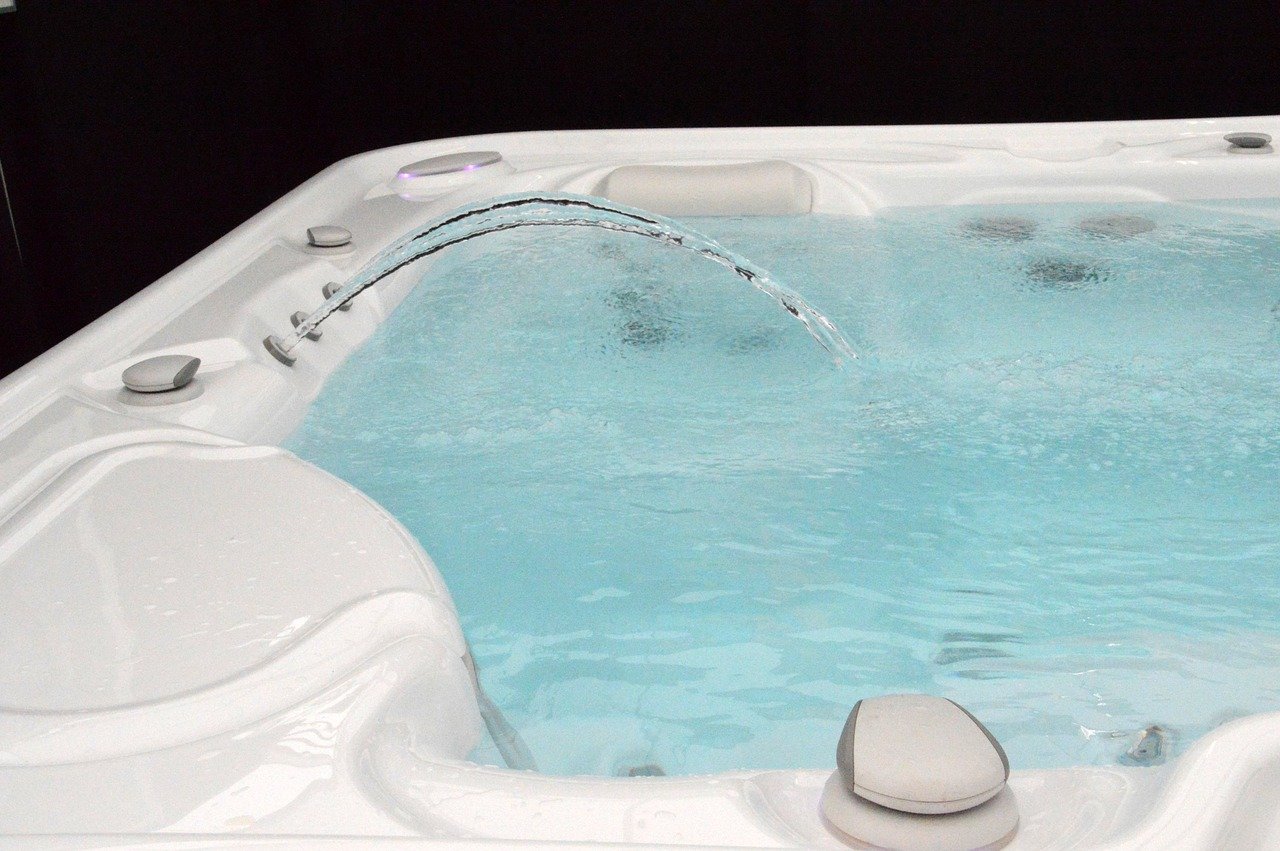
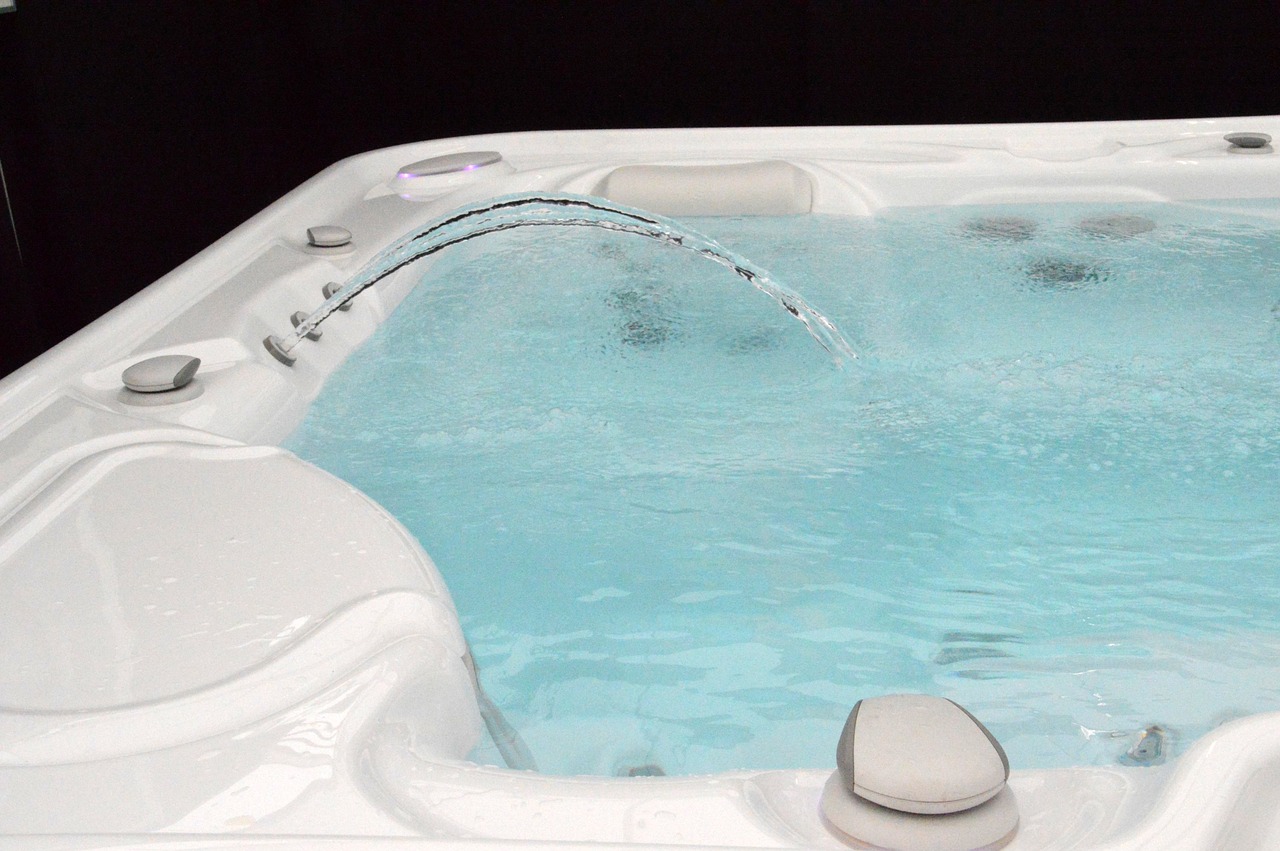
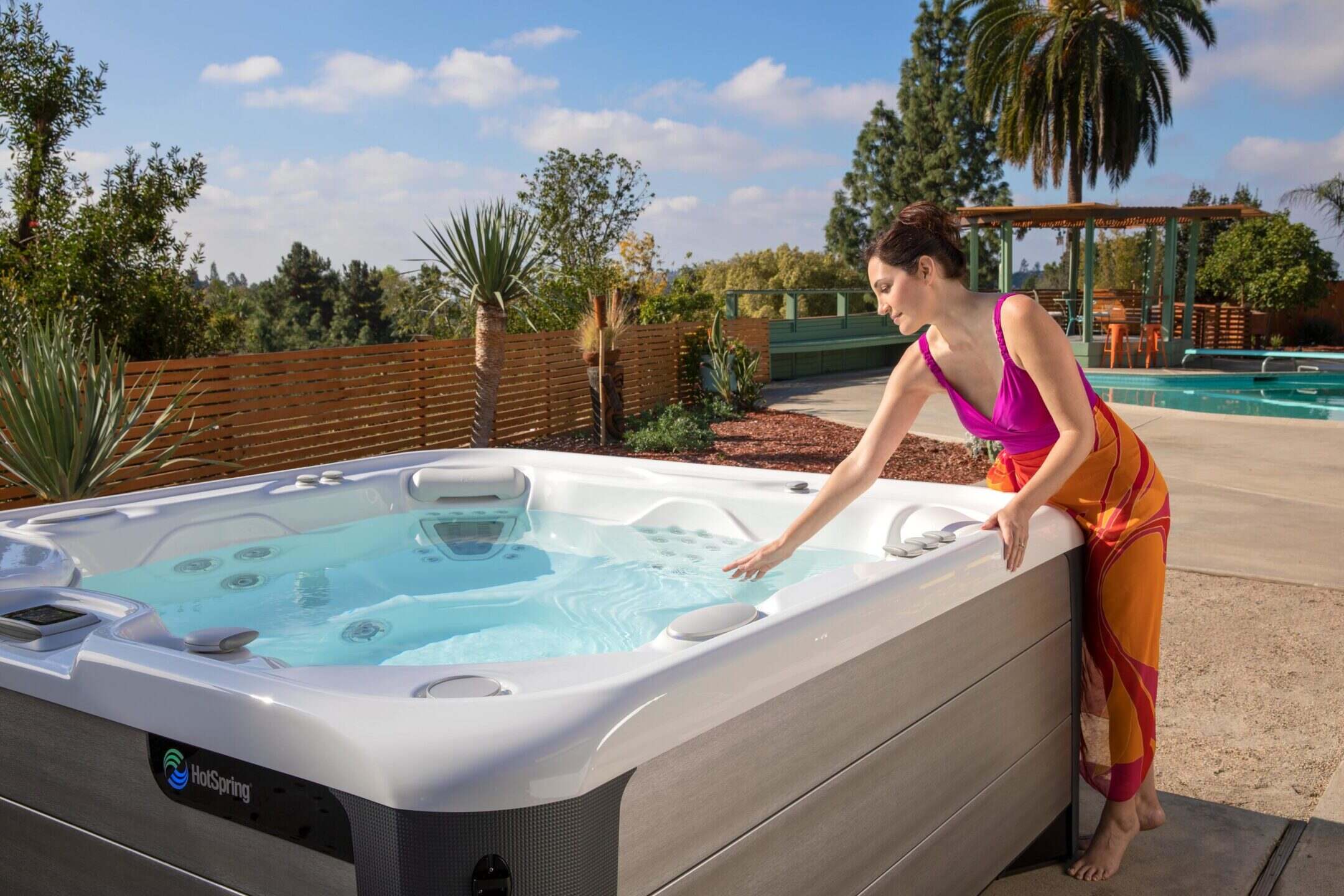
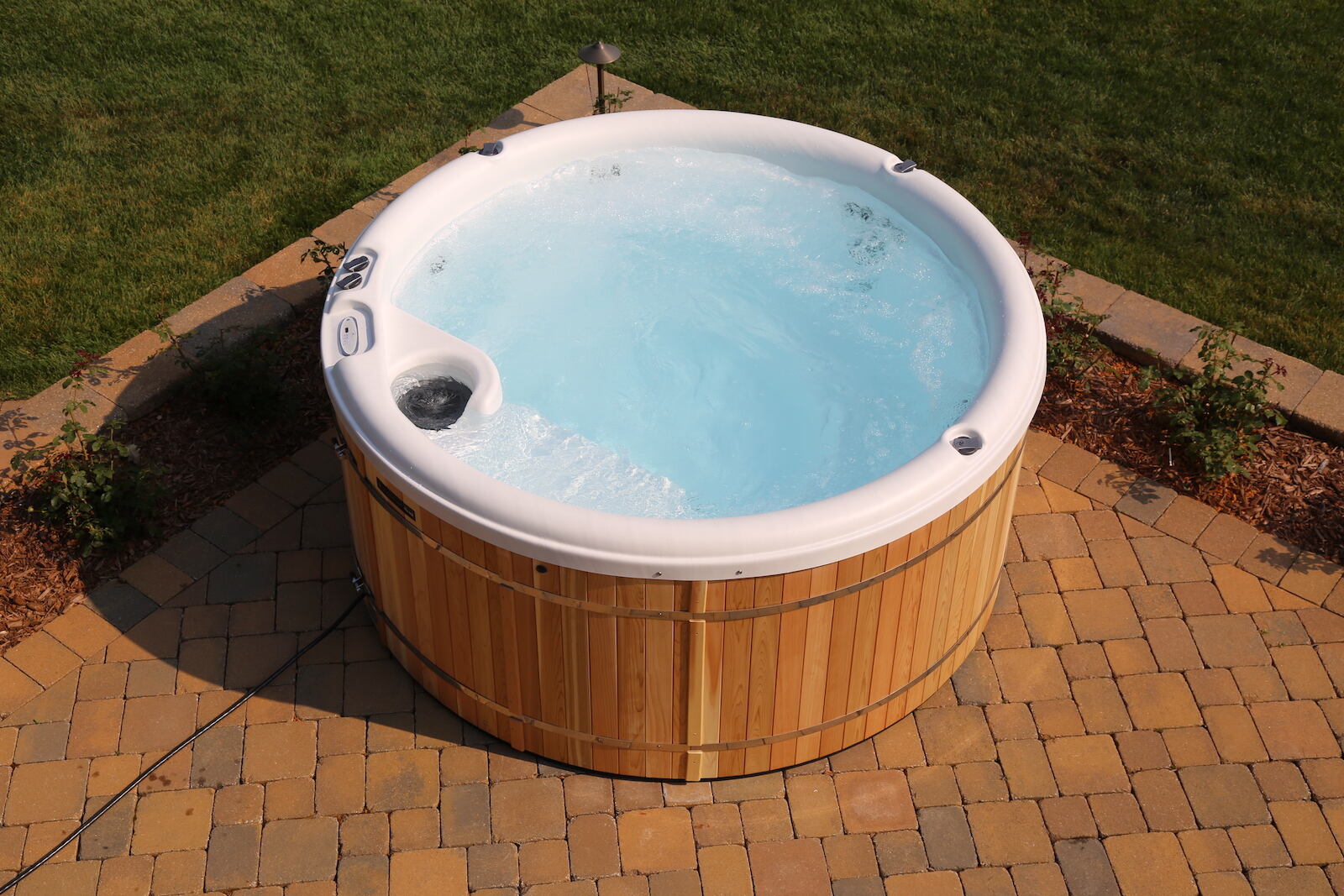
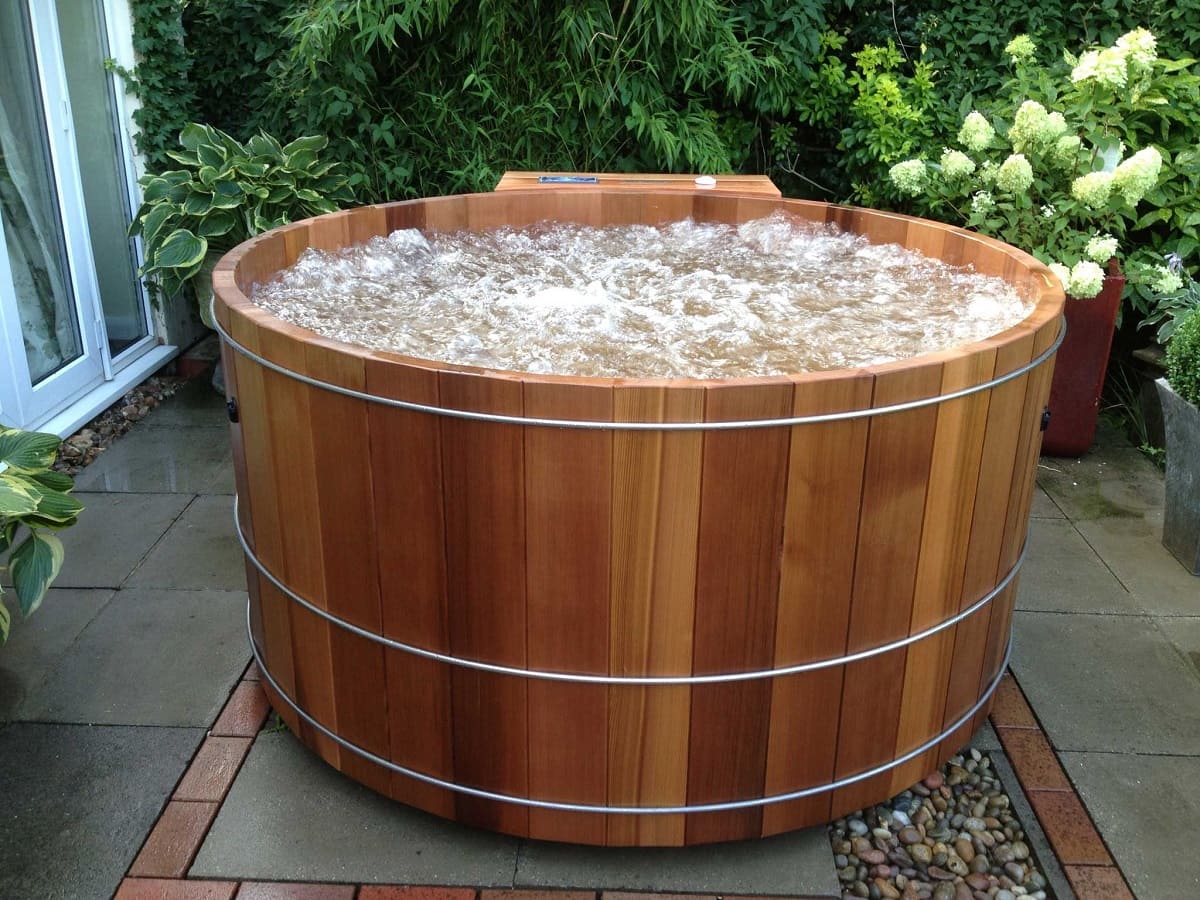
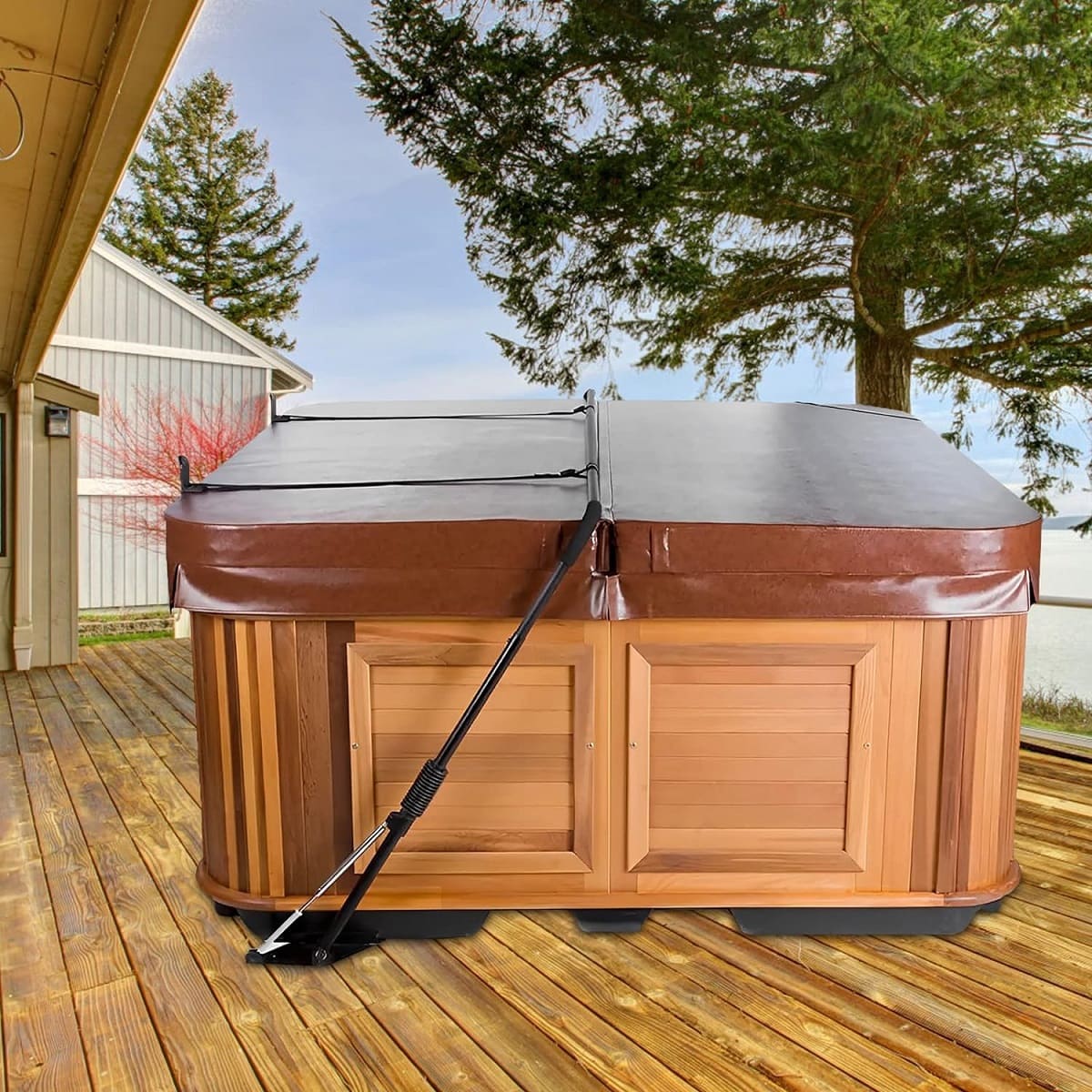
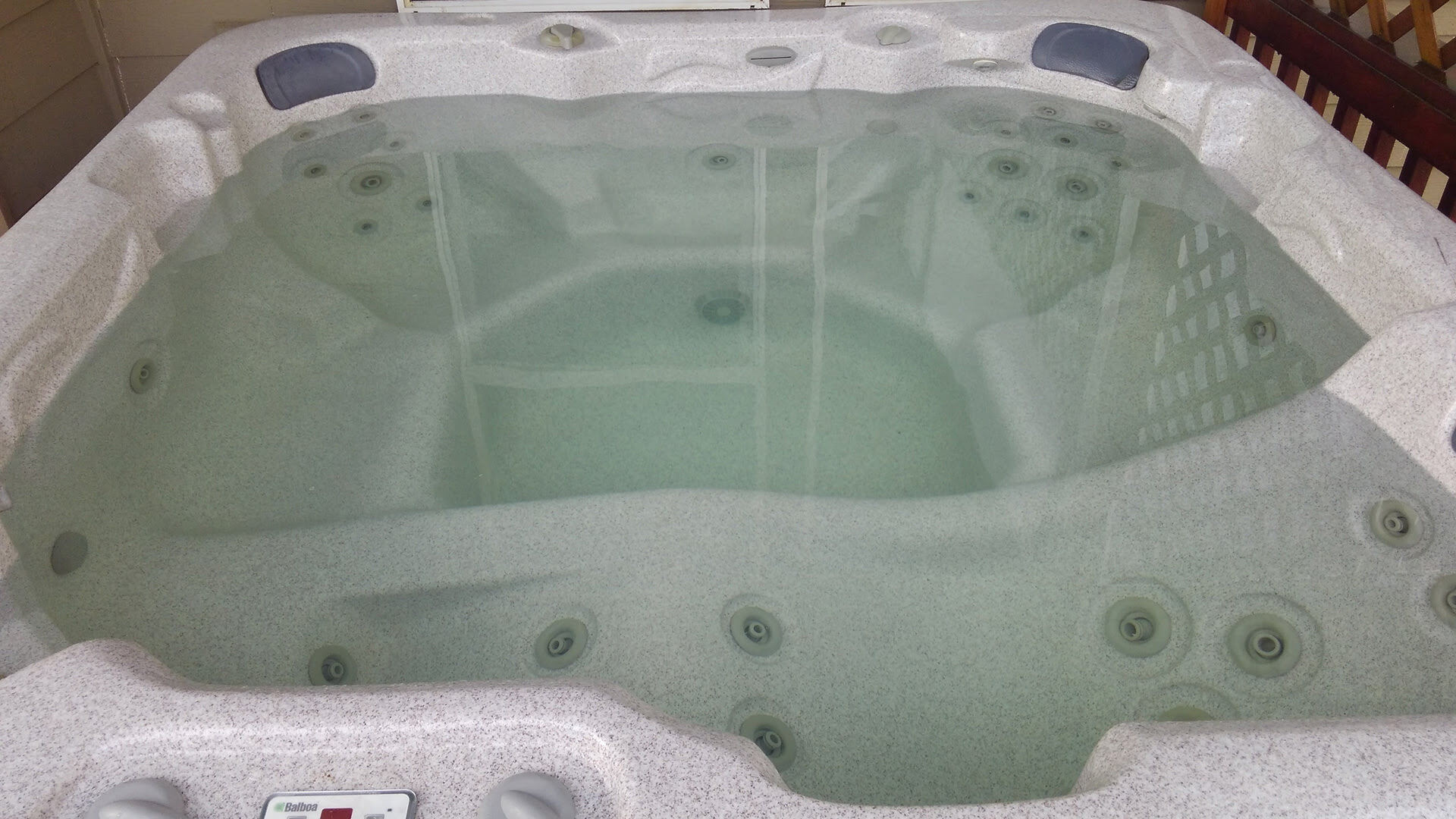
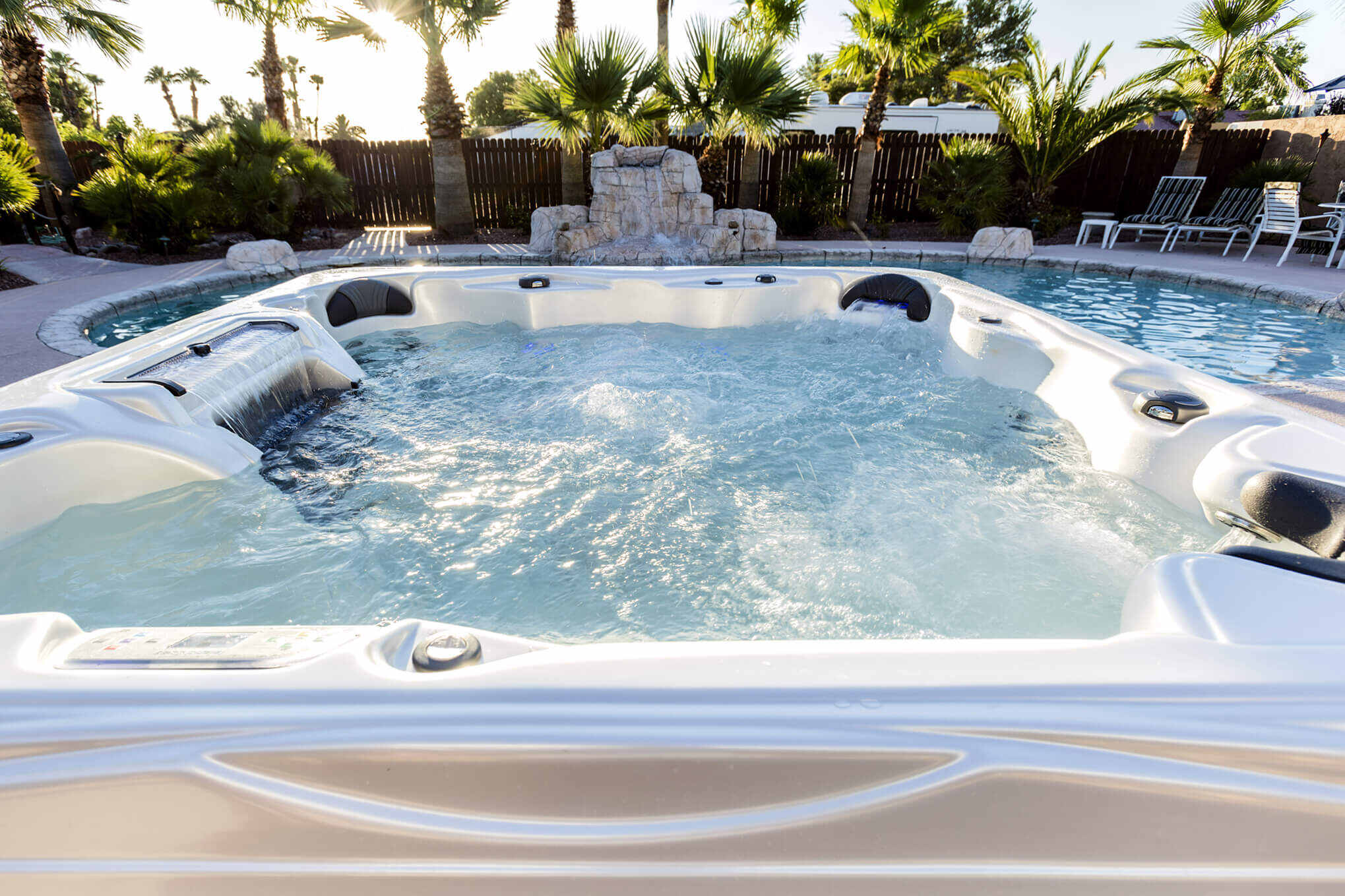
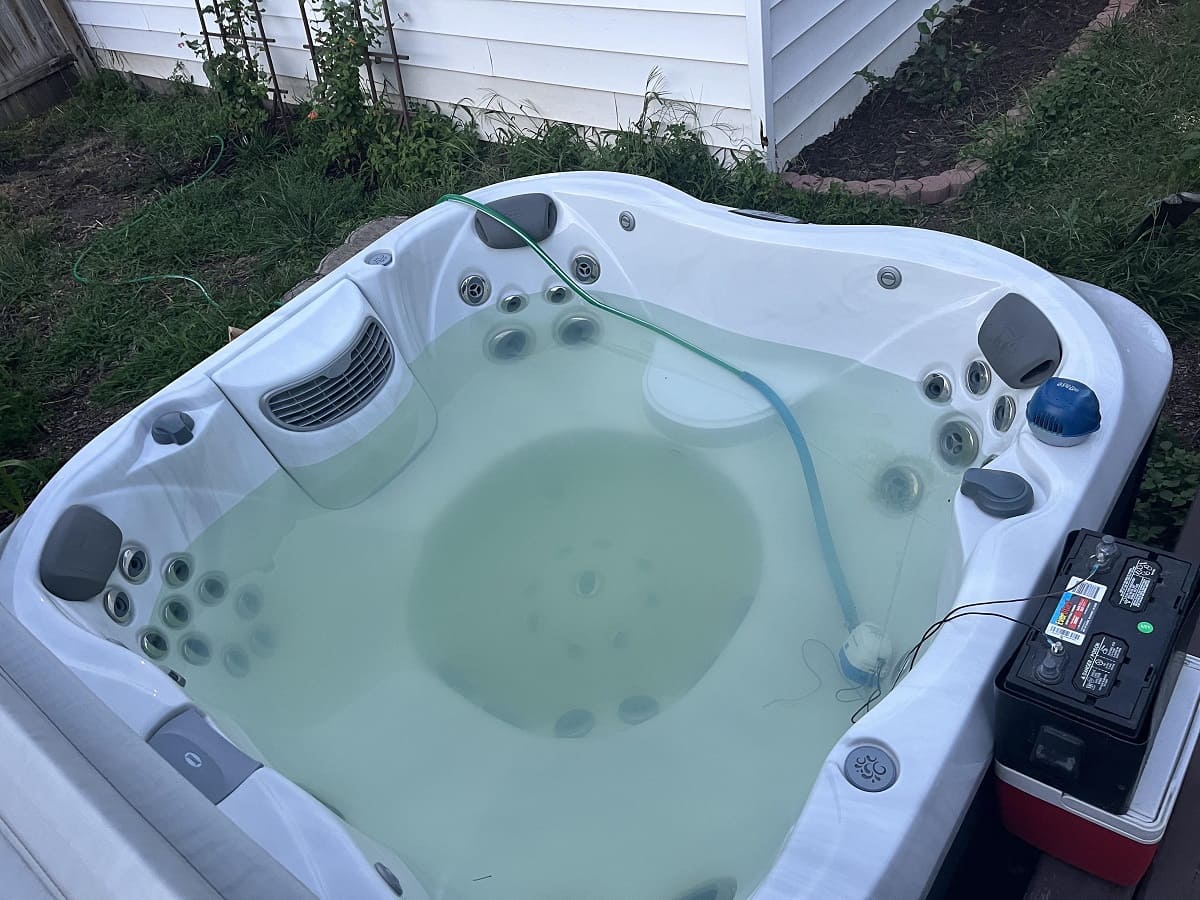
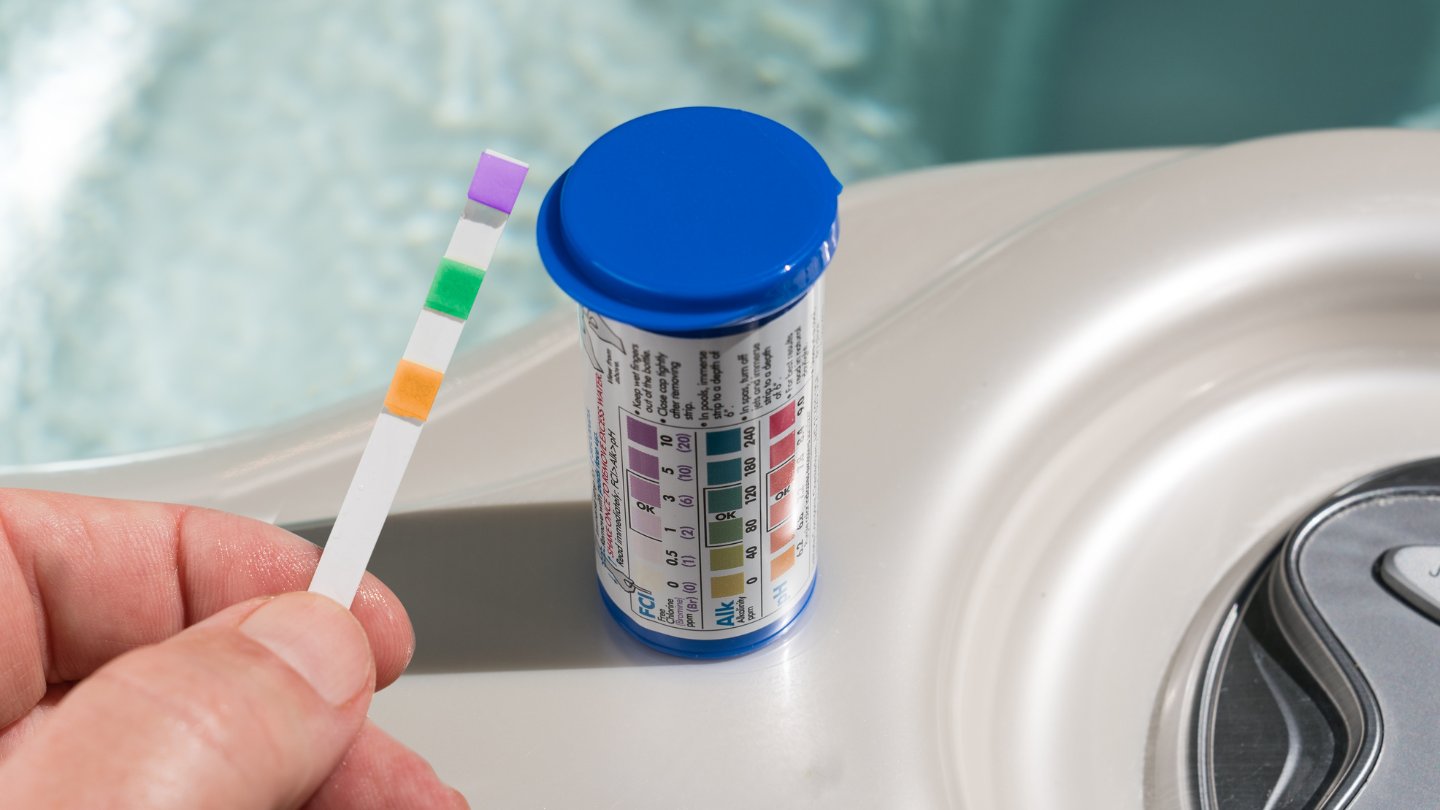
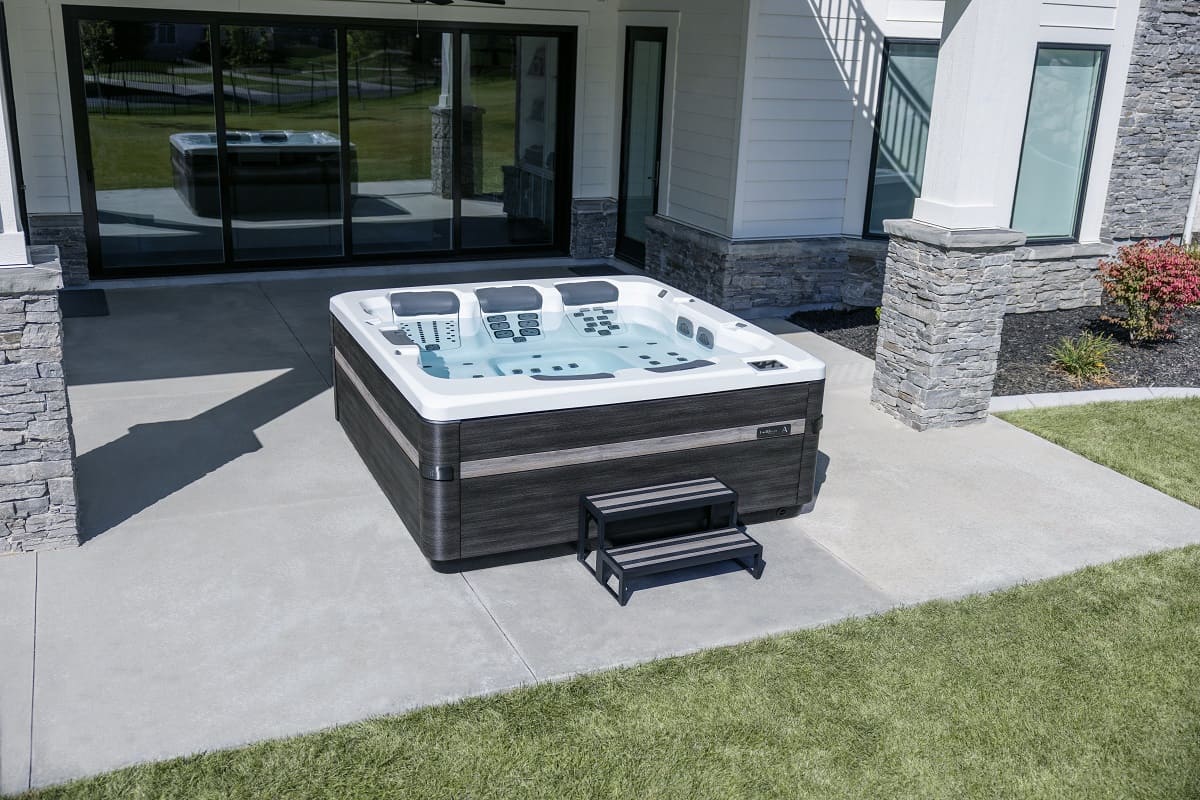
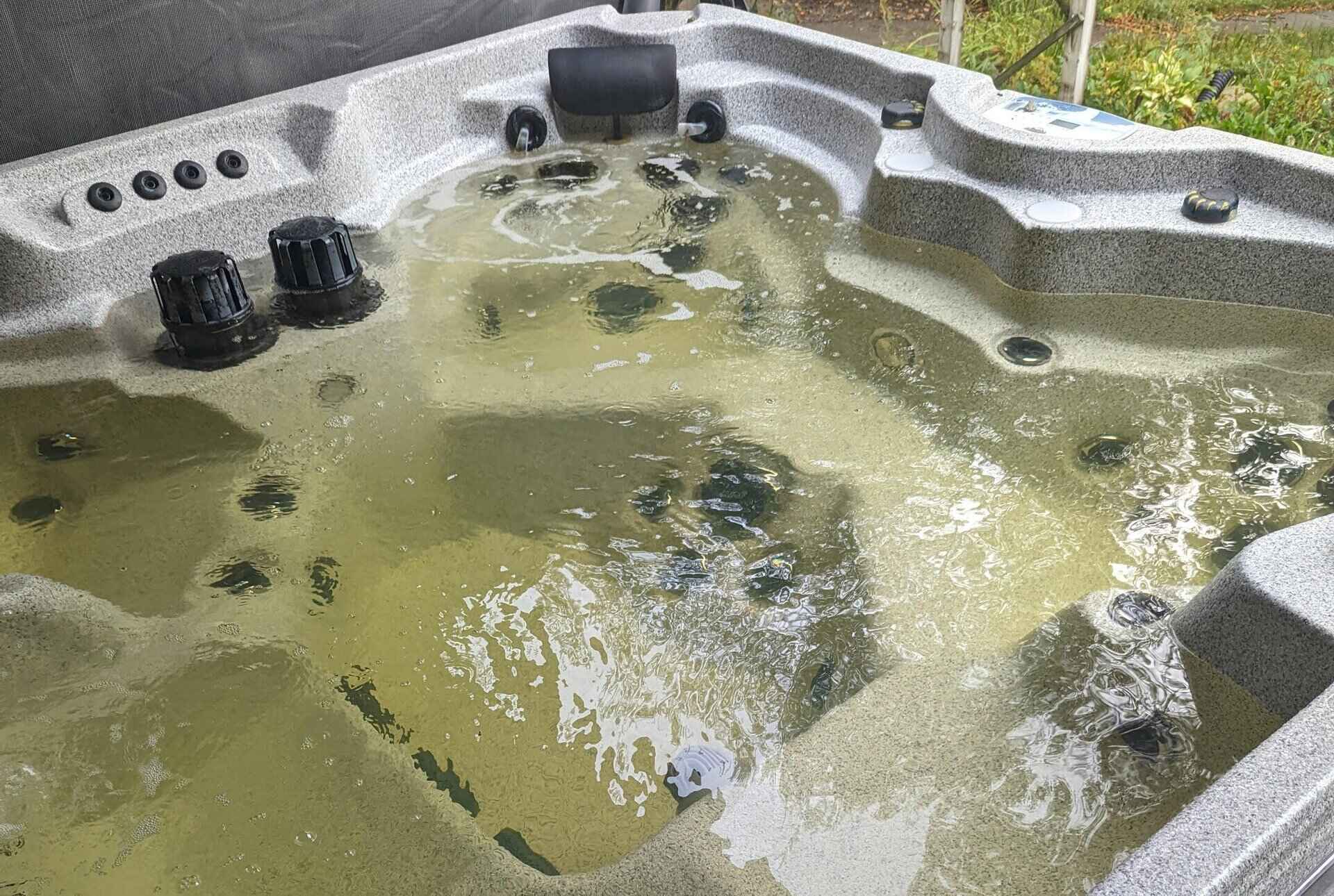
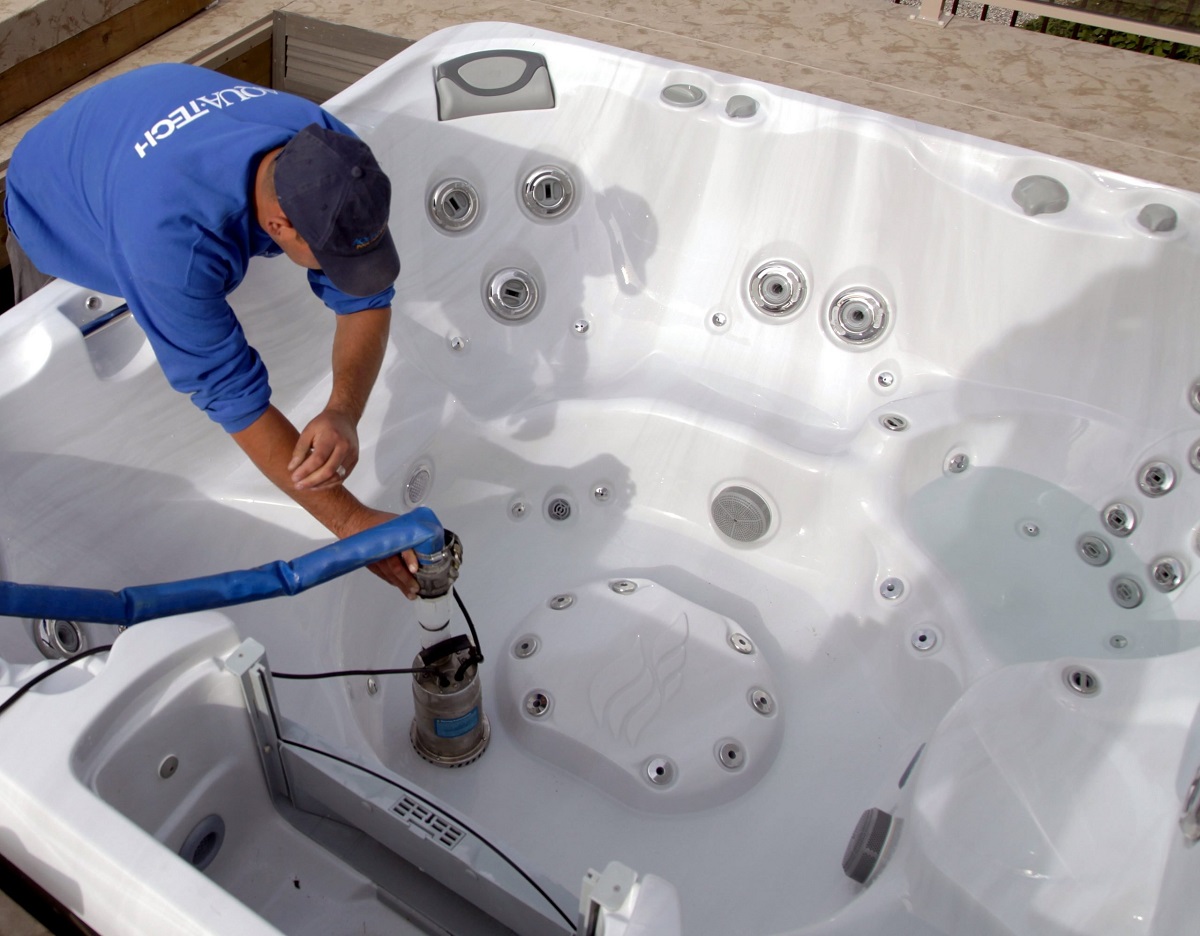
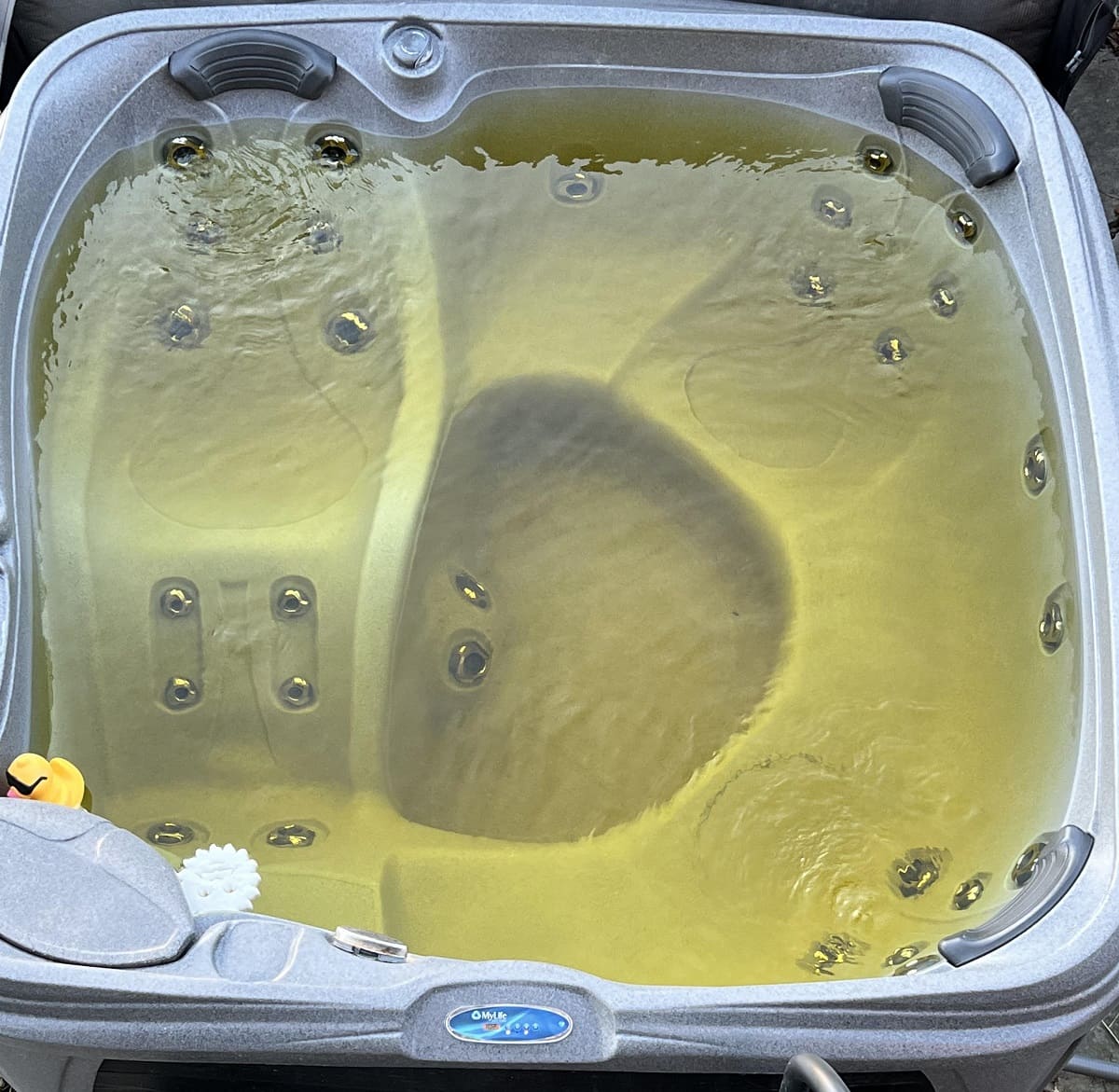

0 thoughts on “How To Make Hot Tub Salt Water”